Superbike: the new 2015 regulation is official
Significant changes starting from next season: full Superbikes away, we will only have EVO on the track.
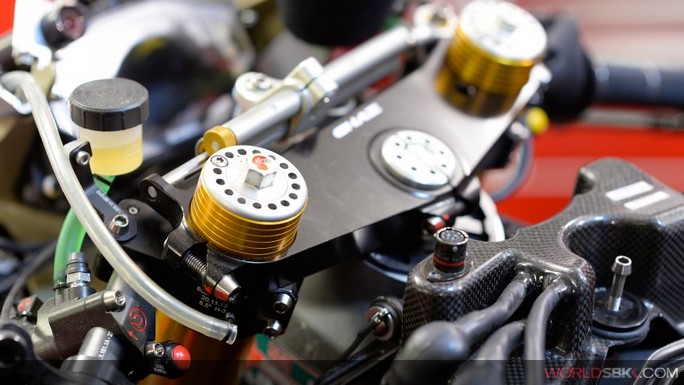
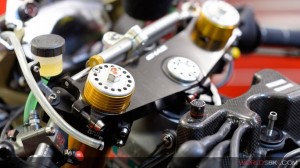
The Superbike Commission, made up of Federmoto Internazionale, Dorna and the manufacturers participating in the World Championship, has defined the main points of the technical regulations that will come into force next season.
Getting everyone to agree was not easy, so much so that decisions were made by majority and not unanimously.
For example, the manufacturers asked for a substantial confirmation of the status quo, with wide freedom of maneuver regarding the engine and electronics, but what was passed was the Dorna line which on the contrary allows limited possibilities for intervention with a view to a drastic reduction in costs.
The Spanish promoter wants the Superbike to remain competitive and spectacular, with the possibility of carrying out research and development within certain limits, to which the manufacturers will have to adapt.
In this transitional season the championship sees two different configurations at the start: the official teams race with the full Superbike (standard chassis, engine and electronics widely modifiable), private individuals with Evo (chassis, engine and electronics as standard), introduced to lower costs and beef up the lineup.
From 2015 we will return to a single regulation that favors the concept Evo, in which we will therefore no longer see full Superbike at the start: Dorna has only allowed "some changes to guarantee equal performance between the different models present in the Championship, also with the aim of reducing costs and making the World Championship more accessible to new teams",
What will change from a technical point of view? The frame remains standard and the measurement tolerances disappear from the regulations: the technical checks, managed personally by Dorna personnel, under the supervision of Scott Smart, Federmoto's new plenipotentiary, will be much more severe in the future.
Some concessions have been made regarding the engine: free camshafts, possibility of machining the cylinder head, but without structural modifications, the connecting rods can be replaced but must have the exact same weight as those mounted on the road model, only one configuration of gear ratios, instead of the current two, the very complicated performance balancing system between two and four cylinder engines will be simplified and will focus only on the size of the fuel duct.
Coming to electronics, Dorna has also made some concessions here, the most important is that the concept of "Superbike Kit" is introduced, meaning the official teams will not be able to have exclusive components, but will have to make them available to anyone.
From 2015 each manufacturer will have to indicate only one control unit (the hardware heart of the system) and will also have to provide the private teams with the same software as the officials, with three update windows expected during the season.
The kit must cost no more than 8.000 euros, a very low figure compared to what the main teams spend in this sector now.
In any case, the option of a road control unit is also permitted, to facilitate the presence of wild card teams and riders who regularly compete in national championships where the "Superbike Kit" is not provided.
Dorna has also intervened, once and for all, in the complicated issue relating to the electronic accelerator system, the so-called ride by wire, which Honda and Kawasaki have been adopting for several seasons despite not being mounted on their respective approved road models.
In the 2015-16 seasons the two companies will have to provide their private teams with the identical system used by the official teams, at a maximum cost of 2.500 euros.
It is also specified that the system must be supplied directly by the companies or their reference suppliers, for security reasons.
From 2017, ride by wire can only be used in Superbike if mounted on the road model, so any exemption will disappear.
Finally, the chapter on engines: from 2015 the number of engines available will be half of the GPs, so if there are 15 events, the ceiling will remain unchanged at eight.
Even on this very delicate point, Dorna, making use of the support of the FIM, has imposed its own plan on that of the Manufacturers.
In the coming weeks we will see if there will be any repercussions from the teams, who in fact emerged defeated from the negotiations.
if you want to always be updated on our news
Follow us here
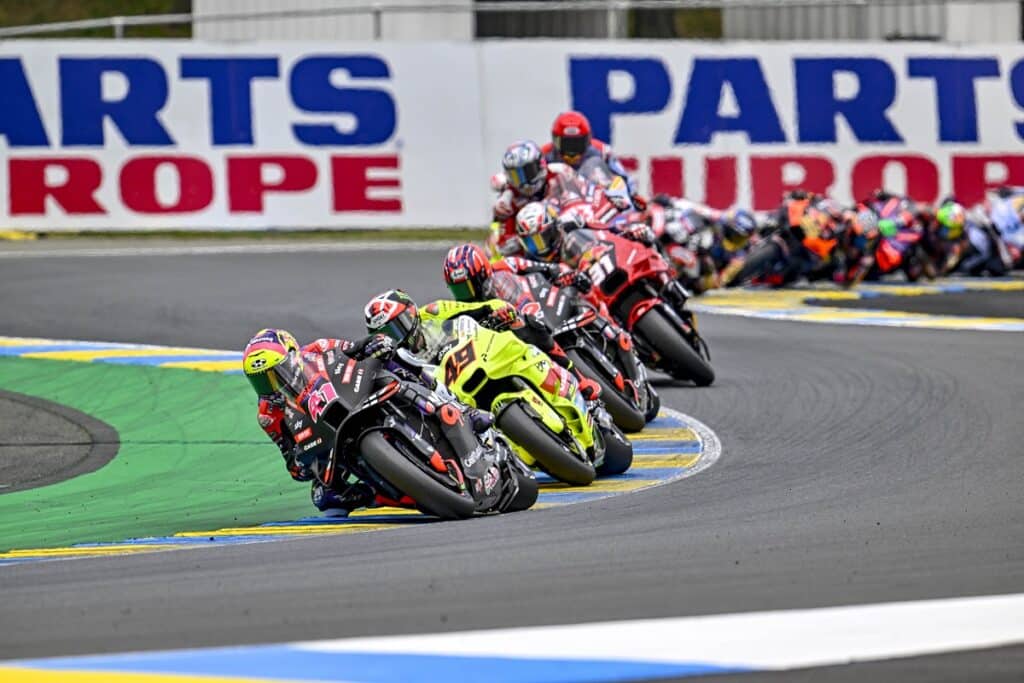
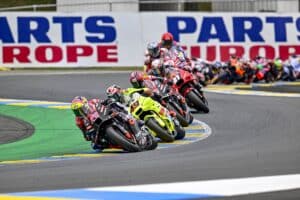
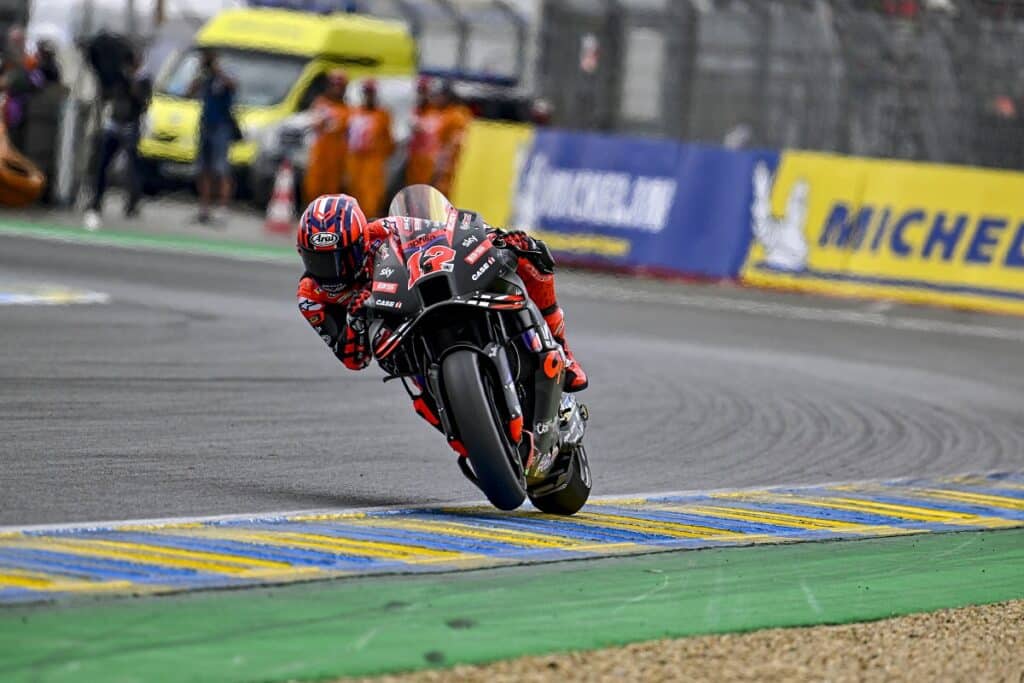
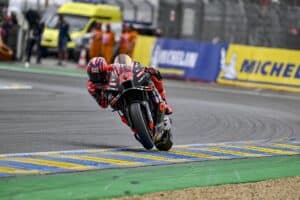
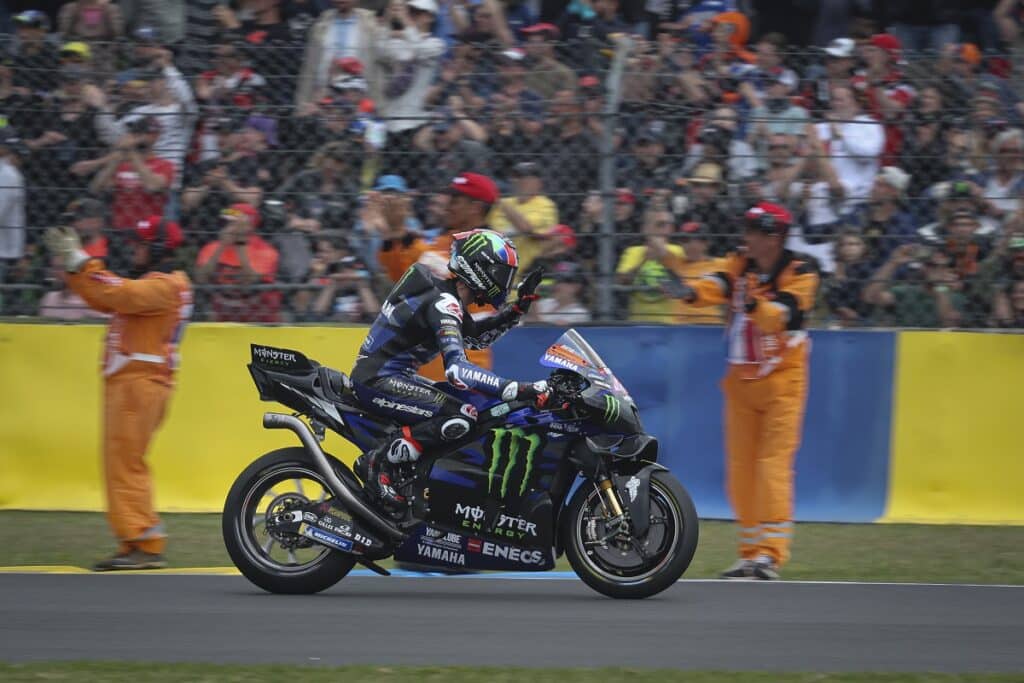
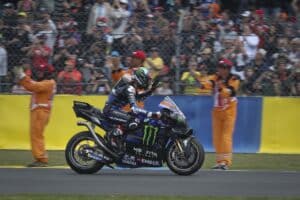
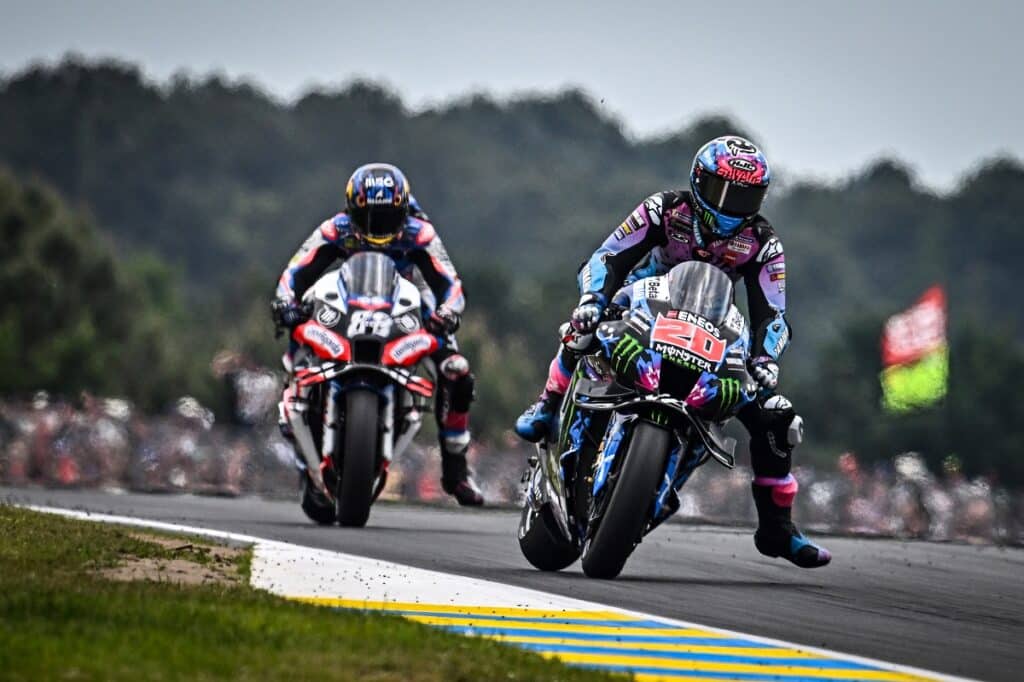
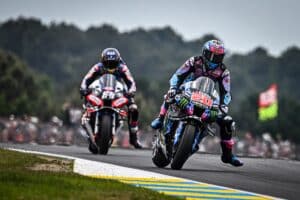
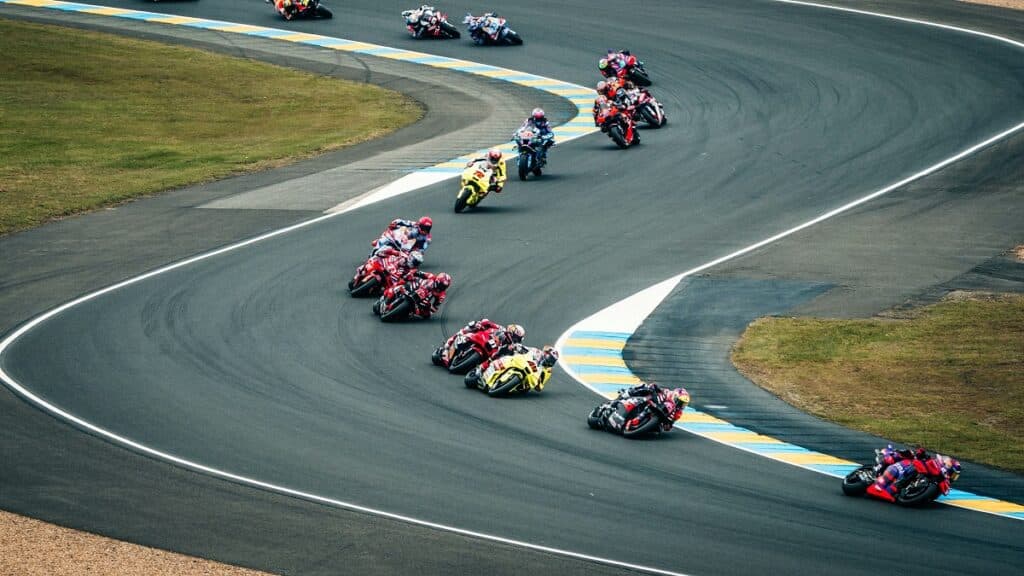
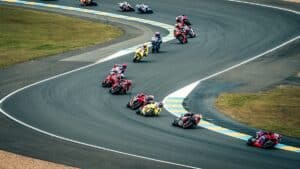
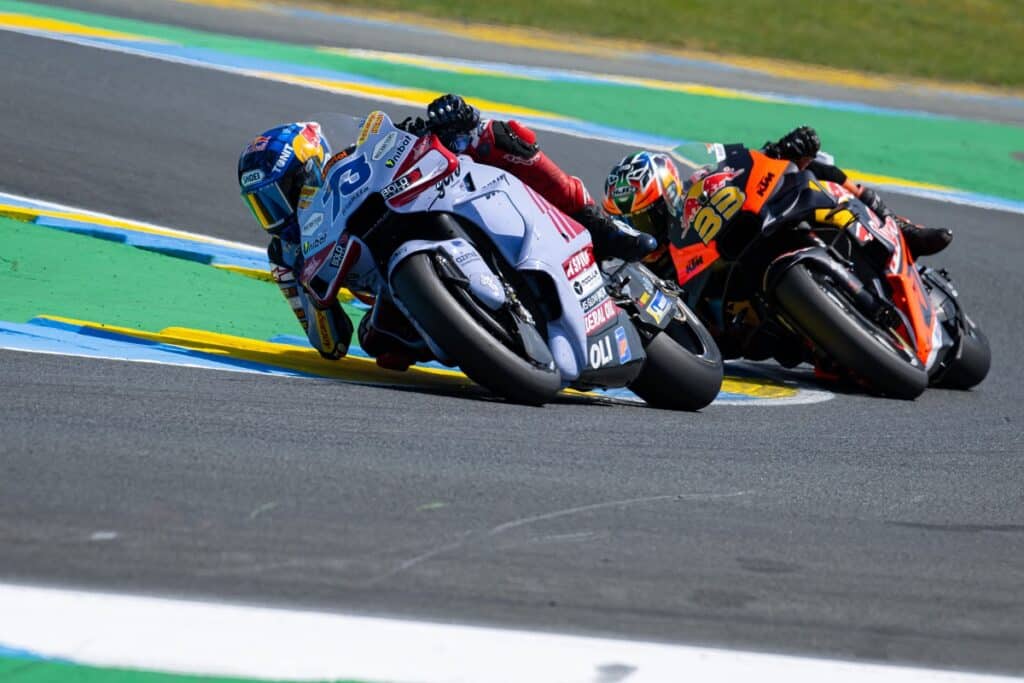
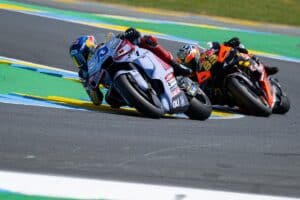
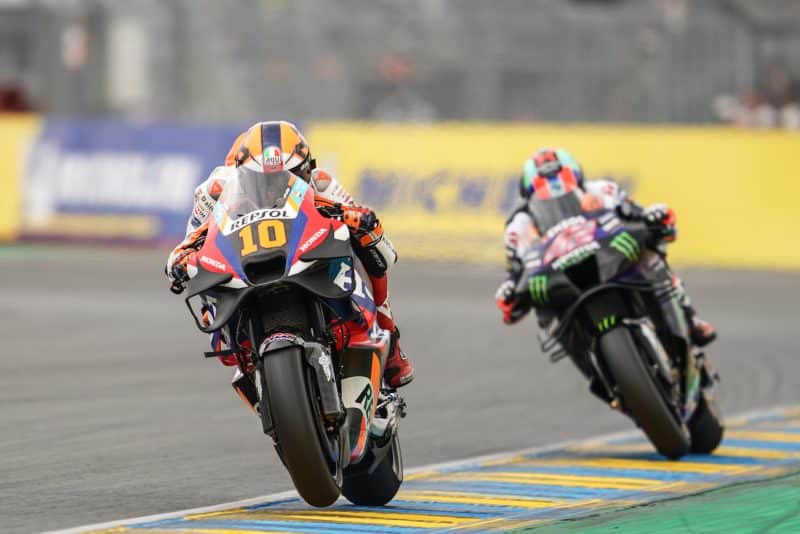
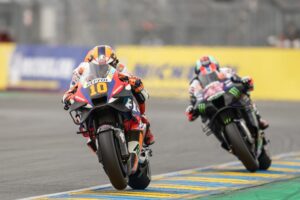
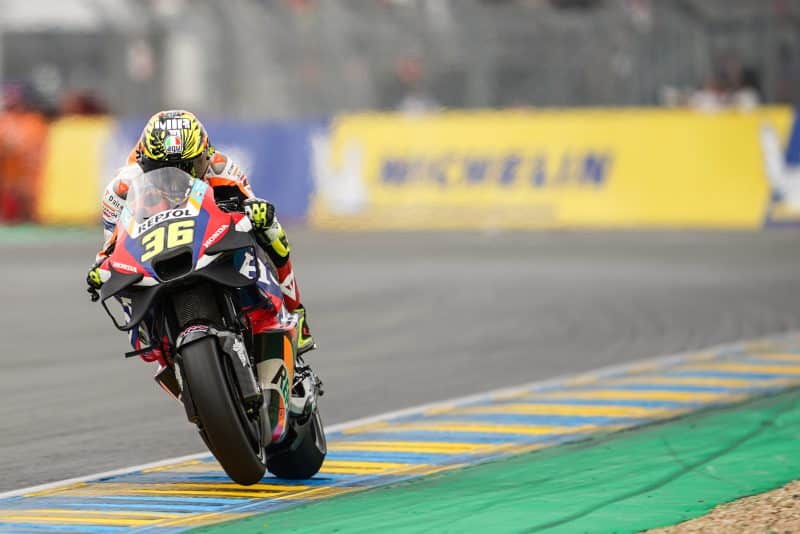
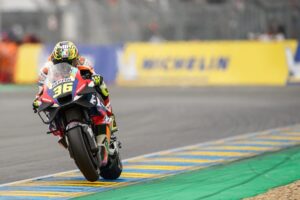













You must be logged in to post a comment Login